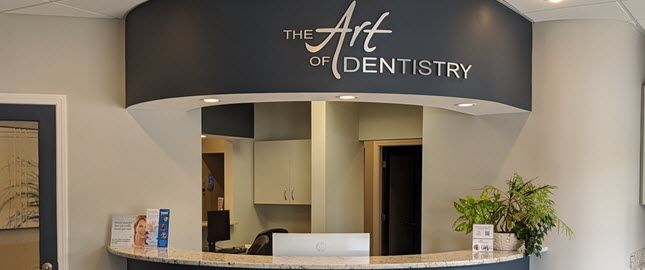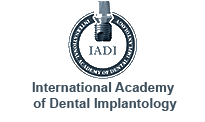






Achieving quality dentistry for life
Material Choices For Tooth Restorations
This information is provided to help you make decisions about the use of materials for tooth restorations in your mouth. Many types of metals are used in dentistry for the replacement and rehabilitation of oral structures.
Most of these metals are considered to be inert when placed in the body while others have been criticized as potential toxins or allergens to some people. Plastics and ceramics are used commonly as tooth restoratives and these have not been shown to have adverse biologic responses. The following information will help you to make decisions about the type of tooth restorations that would you prefer to be placed in your mouth.
Fillings (Restorations of missing parts of single teeth)
Your Choices For Fillings:
- Silver amalgam ~ Silver amalgam has an average longevity of about 15 years. These types of restorations are silver colored and have a low initial cost. They are best used in small-to-medium-sized restorations of posterior teeth (molars and premolars), essentially where they cannot be seen because they are so unsightly. Silver amalgam can also cause permanent gray staining of healthy tooth structure. Dr. Lyford has not used silver amalgam for over 15 years.
- Gold inlays and onlays ~ Gold inlays and onlays have an average longevity of about 20 years to life. These types of restorations are gold colored and have a moderate to high initial cost. They may be used in any size restoration in any location where metal is not displayed to an objectionable level.
- Resin (plastic) – direct (one-day appointment placement) ~ A direct resin restoration has an average longevity of about 10 to 15 years. They are typically tooth colored and have a moderate cost and are used best in small-to-medium-sized fillings for any teeth. At this time they are considered to be the best competitor of silver amalgam.
- Resin (plastic) – indirect (two-appointment placement) ~ An indirect resin restoration has an average longevity (expected) of 10 to 15 years. They are typically tooth colored with a high to moderate initial cost and are best used in medium-sized restorations for posterior teeth (molars and premolars).
- Ceramic – indirect (two-appointment placement) ~ Ceramic restorations have an average longevity of approximately 10 to 15 years. They are tooth colored with a moderate to high initial cost and are best used in moderate-sized restorations for any teeth.
Crowns Or Fixed Prosthesis (Bridges)
Gold alloys have been used for many years for the construction of crowns or fixed prostheses (bridges). They provide excellent, strong, long-lasting service. Three major types of alloys are now available:
- High-noble metal ~ Mostly gold but also palladium, silver, and occasionally platinum, zinc, and copper.
- Noble metal ~ Mostly palladium but also silver, gold and other trace metals.
- Base metal ~ Mostly nickel but also chrome or cobalt and other base metals.
All of the above alloys are used either as the sole constituent of a crown or as a thimble on which porcelain is fired (baked). Most people have no biologic response to any of these categories of metals but some people have adverse tissue responses to the base metals. If you know of any allergies you have to metals please tell us at this time. We usually use noble or high-noble metals. The cost of this is somewhat higher than for base metals. Fixed prostheses (bridges) are strongest when metal is used with or without porcelain on it; but, in certain limited situations, all-ceramic fixed prostheses may be used.
Your Choices For Crowns (Caps) Or Fixed Prosthesis (Bridges):
- Metal alone ~ High noble, noble, or base metal. The average longevity of these restorations is 20 years to life. They are usually gold or silver colored and have a moderate to high initial cost. They may be used in any area where metal display is not objectionable.
- Porcelain fused to metal ~ This type of restoration has an average longevity of 10 to 20 years. They are tooth colored with a moderate to high initial cost. They may be used in any area where extreme biting stress or grinding habits are not present.
- Ceramic, nonmetal ~ These crowns (caps) are constructed from ceramic alone. Their average longevity is 10 or more years with a moderate to high initial cost. They may be used in any area where extreme stress or grinding habits are not present. All ceramic fixed prostheses (bridges) may be used in only a few clinical situations.
We will inform you of the best type of restoration for your teeth and discuss any questions or concerns with you.










